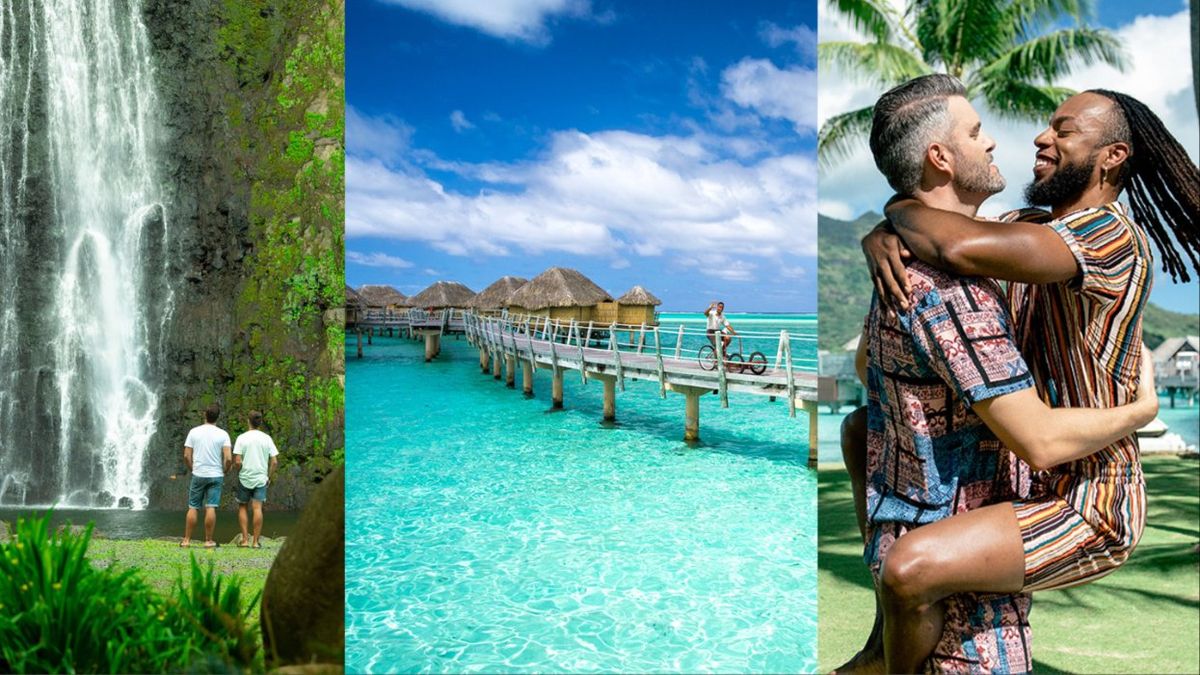My mom and I have this terrible reputation for barfing together.
It’s not like she was a crazed stage mom who forced me to be bulimic or anything. We are simply cursed with the same genetic predisposition to motion sickness. For example while fishing in Alaska, we were both hurling over the railing. SCUBA diving in Honduras? Fed the fish. Driving through Ireland? We had to pull over and yak on the side of the road. I’m telling you, its like clock work. Wherever we go together we barf…and barf…and barf.
This time on our trip to Antarctica, however, we came prepared with doctor prescribed, scopolamine bandages that go behind our ears. Aside from the slight drowsy side effects, it’s perfect for rough days at sea, standing on icebergs or, in this case, sledding down a glacier on our butts.
“Wow…you may have the fastest ass on the continent," said a hunky field leader with a smile.
“I get that a lot,” I responded, as I glided to a stop. My mom was right behind me gleefully howling like a six-year-old. On South Georgia Island, we’d been retracing Earnest Shackelton’s last few steps after he famously crossed the sea in a life raft 100 years prior, and hiked in to Stromness, a now abandoned whaling station. Similar to Shackelton, the best way down the glacier is to sit and let gravity do the work for you.
The whaling stations like Stromness are currently decrepit, rusted, roped-off bio hazards in which you are only allowed to inspect the outskirts. Which is kind of ok, seeing as, aside from asbestos, they are overrun with fur seals. Unlike the lovable juvenile elephant seals, the furs are whiny, nervous, smelly, and mean. Granted, we were the aliens visiting their continent, according to the Antarctic Treaty. But getting back in to the Zodiac boat our guides had to literally guard us with oars, as the furs periodically attacked us.
That said, none of those neurotic beasts are anything compared to deadly leopard seals. A fierce predator, the leopard seal is elusive, but also a stealth machine. (Recently, the online world has been atwitter with links to images of National Geographic photographer Paul Nicklen’s experience with the animal.)
For at least a week into our trip, we kept our eyes peeled for the leopard. But as you often hear when you go to Antarctica is “keep your expectations low, you might not see anything.” Wildlife, unfortunately, rarely performs on cue.
While cruising what I call an “iceberg graveyard” outside of Port Lockroy we were stopped by an eerie sound. Reverberating off the ice, giving a directionless ventriloquist affect, a strange purring/calling/cooing gave us all a chill. Our guide stopped the Zodiac so we could listen. Somewhere close by the leopard seal was hunting. Lucky for us-less-badass-photographers, the leopard is not dangerous when it’s on land (or ice). The fierce predator is designed to be a fluid and efficient killer in the water, but like many marine mammals, it's floppy and worthless on hard surfaces. As other guides in other Zodiacs triangulated the leopard’s location, we finally found it resting on a patch of ice… nursing a baby!
“I’ve been coming to Antarctica for many years now, and I’ve never witnessed a leopard seal nursing,” a biologist tells me. “It is one of the rarest experiences you’ll ever have.”
Careful not to get too close, my mom and I climbed on to the iceberg and sat next to each other. But this time we just watched…and watched…and watched.
Stay tuned for Clark's last entry on his Antarctic adventure, and read his first one here.




















































































